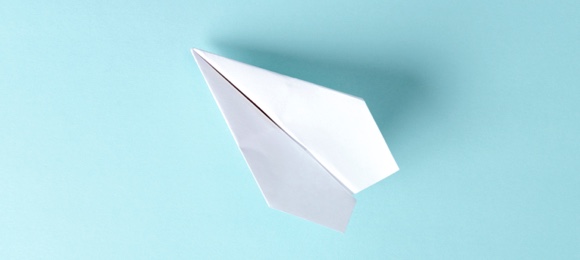If you hear the name “Roppongi”, you’re first thoughts are probably “it’s a place filled with clubs, bars and other entertainment that supports night life scene.”Despite this however, we took on the challenge of introducing you to the excitement that Roppongi in the day time has to offer.
Japanese business etiquette
Japanese business etiquette is not all that different from that of other countries. General business etiquette is based on manners and consideration for others, and in this regard, Japan is no different. However, there are some customs and behaviors that are unique to business in Japan.
This article takes a look at distinctive Japanese business etiquette.

Exchanging business cards
It’s no exaggeration to say that greetings always start with the exchange of business cards when meeting someone for the first time in a business situation in Japan. Business cards will almost always be exchanged when meeting someone for the first time at a meeting, business talk, or similar situation, so it’s important to learn the proper etiquette for this process. The basics are as follows:
・When exchanging business cards, the person of the highest status goes first. Be careful not to present your card before your supervisor.
・When handing someone your business card, make sure the letters are right-side up from their position. Don’t forget to bow and say your name when presenting your business card. In general, business cards are given and received with both hands, but when exchanging them at the same time, present yours with your right hand and accept the other person’s with your left hand.・When handing someone your business card, make sure the letters are right-side up from their position. Don’t forget to bow and say your name when presenting your business card. In general, business cards are given and received with both hands, but when exchanging them at the same time, present yours with your right hand and accept the other person’s with your left hand.・Don’t put the other person’s business card away immediately, but leave it on the table in front of you. Put the business card in your business card holder when the meeting or event ends.・Do not write notes, etc. on the other person’s business card in front of him or her.
Keigo
Keigo is indispensable etiquette when conducting business in Japanese. It’s required in various situations, including talking on the phone, writing e-mails, and engaging in business talks with clients. The basics of keigo are as follows:1. Keigo is always used when talking to customers or people outside the company, whether by phone, e-mail, or in person.2. Inside the company, keigo is used when speaking to supervisors and senior employees.3. However, when talking to people outside the company, you do not use honorific language regarding supervisors from your own company.4. When writing internal documents or other materials, it is important to communicate things clearly and simply while using keigo sparingly.
There are very detailed rules for the use of keigo, which is not totally straightforward. Even Japanese people make mistakes from time to time like mixing honorific, humble, and polite language; using words that sound like keigo but aren’t; and using redundant keigo. You should make an effort to learn various phrases.
Read more about Japanese recruitment information, see Japanese-Jobs.com ( https://sg.japanese-jobs.com/en).
Related Articles
-
-
2017/12/21(Thu)
Make the Ordinary Asakusa Tour Even More Enjoyable! Experience Wearing Kimono at KOTO!
Asakusa is one of the popular sightseeing spots in Tokyo. People from all over the world come here to visit Sensoji Temple, Kaminarimon (Thunder Gate), Sumidagawa (Sumida River), and Tokyo Sky Tree.
-
2017/12/13(Wed)
Grab Your Scoop on the Ever-Popular Sightseeing Destination in Tokyo, Ueno Zoo!
Our reporters Tina Tamashiro and Alisa Urahama visited Japan’s oldest zoo, Ueno Zoo! Not only does it boast being Japan’s most frequented zoo, but it has also been around for more than 130 years!





